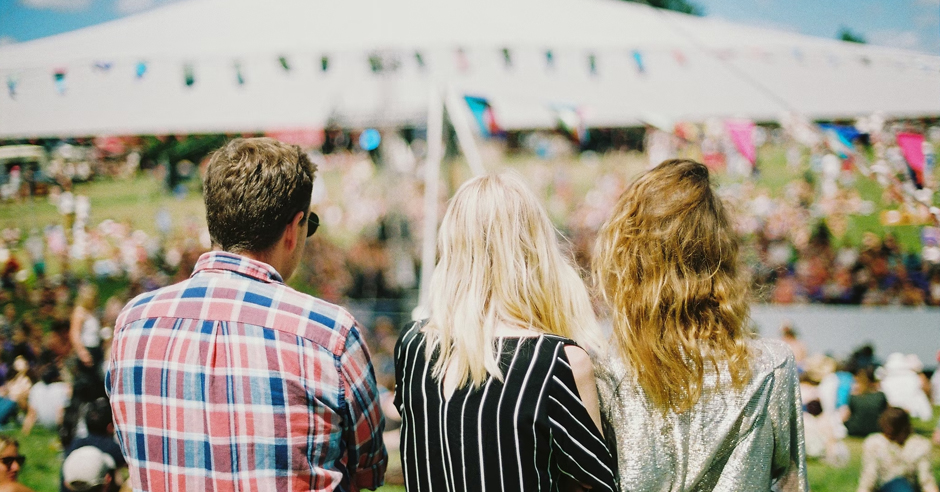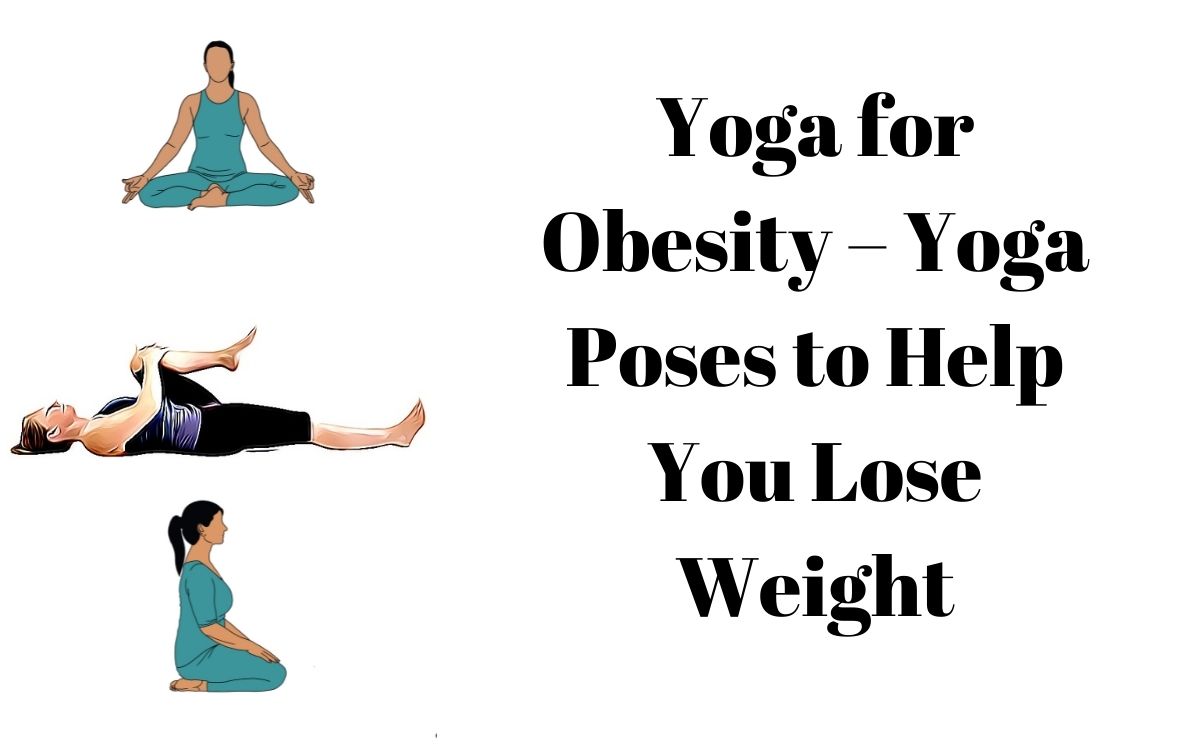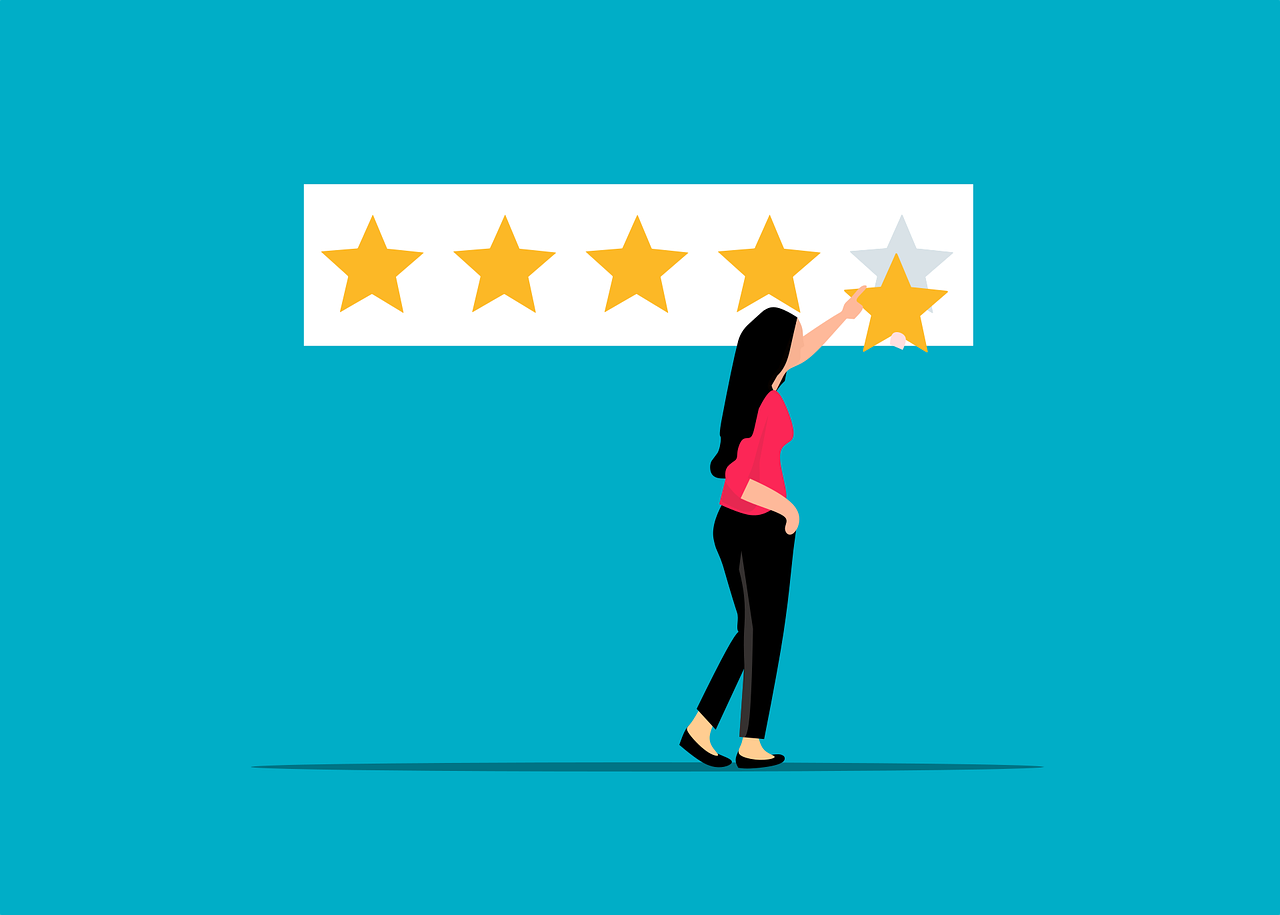Minimal on Purpose
Last weekend, as I was cleaning my closet and putting summer clothes and shoes in the most accessible area, I noticed all of the empty space. I don’t mean that I’m short on things to wear. A month ago...


Last weekend, as I was cleaning my closet and putting summer clothes and shoes in the most accessible area, I noticed all of the empty space. I don’t mean that I’m short on things to wear. A month ago I saw that I had only a few hot weather tops, but after a couple of shopping trips, I now have plenty.
What I mean is that my closet, unlike many that I’ve seen and the average American’s, is not packed full. The floor is completely clear. I have space between each hanger, a few empty hooks, and a couple of empty slots in my shoe caddy. My closet is minimalist. I have what I need and no more.
Author, photographer, and entrepreneur Pierre Monnerville has made the interesting observation that emptiness requires us to either face or lose ourselves. A blank space on our wall or our calendar forces us to think about our options and figure out what to do with that space. A quiet interlude compels us to look within ourselves and perhaps deal with an issue we’ve been avoiding.
Most of us don’t let ourselves get into the situation where we have such an opening. We fill every time slot, and if we don’t have a specific appointment we turn to social media or the news or a game to while away those moments. We fill every wall, every cupboard, every drawer – and if we don’t own something that looks “right” in a given spot, we buy something just to cover the space. We surround ourselves with voices and sounds – from radio, TV, playlists, audiobooks, podcasts, you name it. We seem profoundly uncomfortable not just with loud mechanical noises like traffic or construction, but with naturally occurring sounds like the wind in the trees, birdsong, chittering squirrels, or flowing water.
Monnerville says that we seem “terrified of emptiness and of facing ourselves,” and that “this is so revealing of ourselves as westerners.”
I’m an introvert, so perhaps I naturally find it a little easier to endure unscheduled time or a situation where the only noises are natural ones. But as someone who spent many years and tons of money on making my house some kind of decorator showcase, a completely empty wall or shelf is hard for me to live with. Yet I also know how easy it is to display one or more items that over time I don’t even really look at anymore. I suppose it’s possible for any item to become just a placeholder.
Just as we might not even stop to consider any other use for a free hour, but simply turn on the TV or go online, we can get so used to what’s on our walls that deciding to change or reduce those items becomes almost unimaginable. “I can’t get rid of all of Grandpa’s paintings,” we think, “even if they’re not really my style.” Or “I can’t remove those extra chairs” or “those expensive drapes” or “my hummingbird figurines.” We start to feel locked into what’s on our calendars too. “I can’t stop participating in that group, even though I’m not all that interested now. What would I do with my Tuesday evenings?”
And so without actually considering it, we surround ourselves with stuff because it’s always been there, with activities because we’ve always done them, with shopping because it’s just what we do on the weekends, and with sounds because we can’t imagine not having them around, even if we’re not really tuning into them.
But if minimalism is anything, it’s intentional. When you enter a minimally furnished and decorated room, you’re forced to realize that whatever is there is there deliberately. It’s been chosen. It has a reason for being there, whether for basic utility or because of its beauty and personal meaning for the homeowner. When you look at a calendar that has a generous amount of white space, you realize that the planned activities are there on purpose. Nothing is being done by default.
Minimalism is not about having or doing a certain number of things. It’s not about rigid rules. But it is about making choices to remove what isn’t important or isn’t working for you in order to highlight and make room, time, energy, and/or money for what is.
Minimalism reveals who you are.
And if you’re not used to introspection, that might pose a bit of a challenge. If you’ve been operating on autopilot, or following the crowd, the pursuit of minimalism is going to nudge you in a different direction.
Becoming minimalist is very self-directed, which I hope is an exciting concept for you. At last, instead of having your actions and tastes and choices dictated by media, advertising, or what other people are doing, they will be decided by your own true needs and desires.
Contrary to what some might think, minimalism isn’t limiting. Rather, it frees you to be and do and own all of your favorite things. Just as my minimalist closet allows me to easily dress with my most comfortable and flattering styles and colors, your minimalist home and life makes possible the best version of you.
About the Author: Karen Trefzger is a writer, singer, teacher, wife, mother, and grandmother who has been choosing a simpler life for over 20 years. She is the author of Minimalism A to Z, and blogs at MaximumGratitudeMinimalStuff.

 AbJimroe
AbJimroe 































